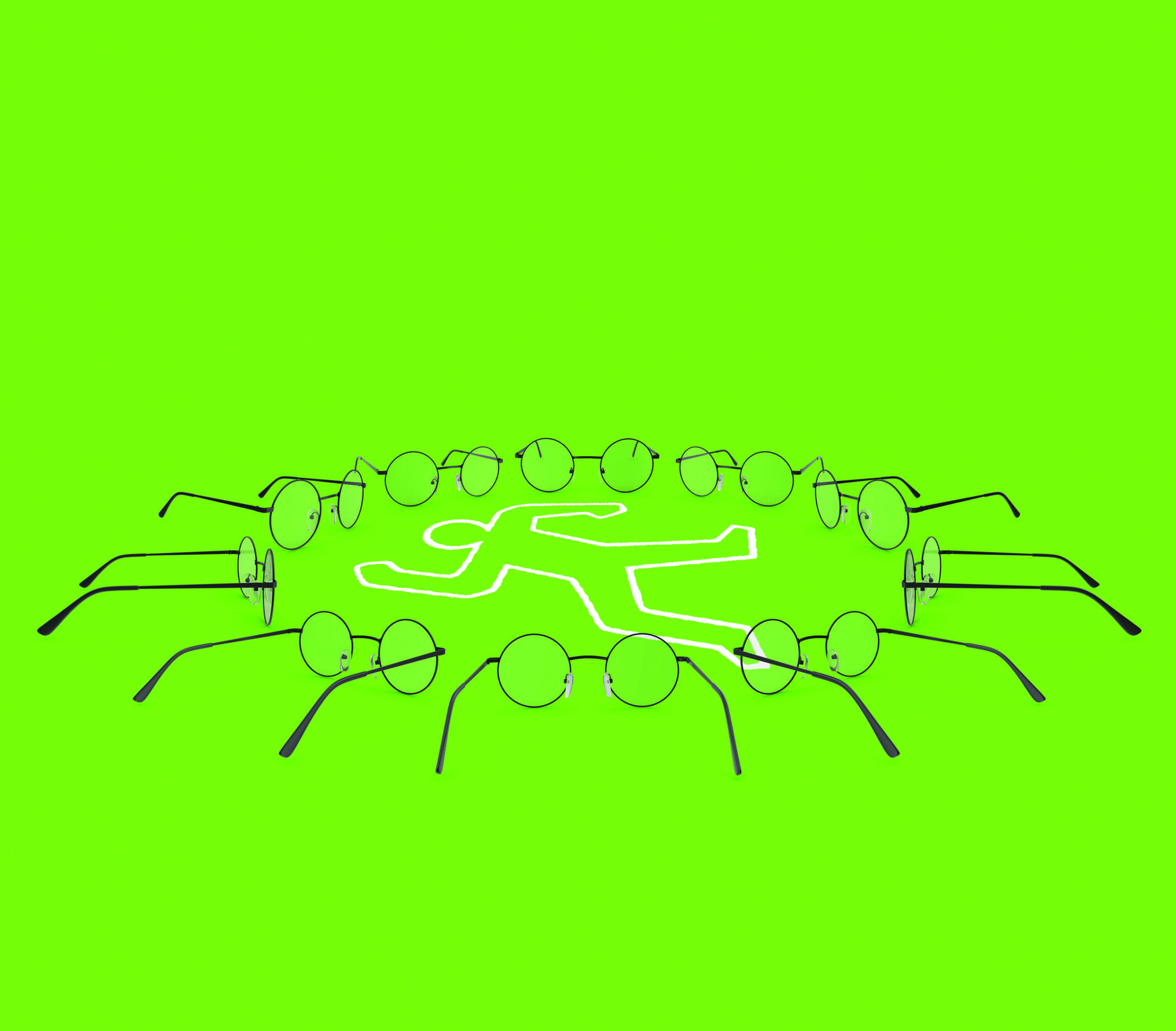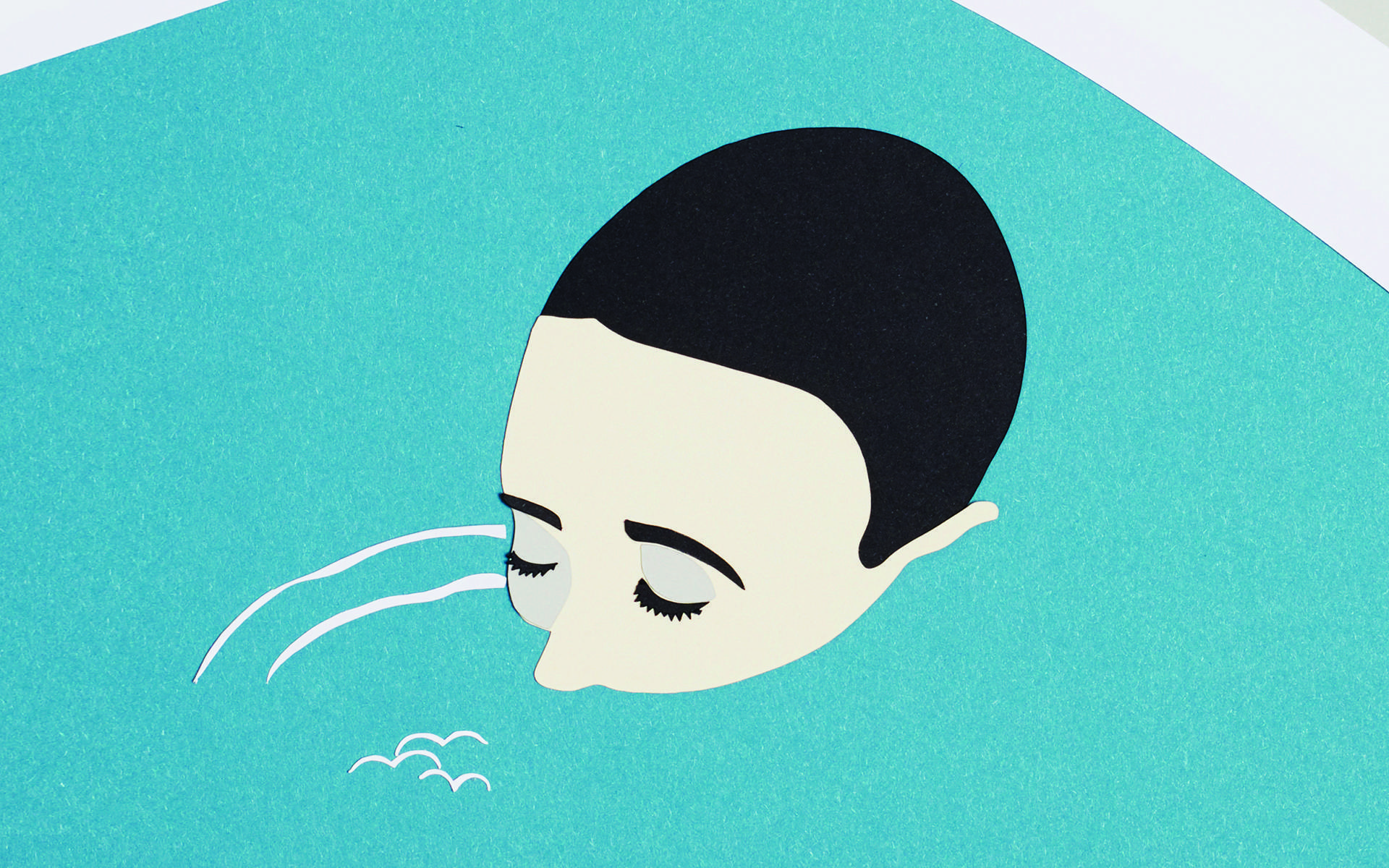With apologies to Dickens, let’s call these Two Tales of One City, unfolding within the span of a single week last September. In one, dozens of onlookers do nothing (except film the horror with their cellphones) while at least seven assailants stab a 16-year-old boy to death in broad daylight in the New York City suburb of Oceanside. In the other, two onlookers jump onto a subway track in the Bronx to save a 5-year-old girl whose father had jumped in front of an oncoming train with her in his arms. He died, she lived. The Good Samaritans knew neither the father nor the girl nor each other.
For half a century psychologists have wrestled with what they call the bystander effect. Although the phenomenon is almost certainly timeless, as a subject of scholarly study it took off after an infamous 1964 episode, also in New York, in which at least half a dozen people witnessed the fatal nighttime stabbing of 28-year-old Kitty Genovese. The research reveals a simple alarming occurrence: The greater the number of people who witness a stranger in peril (or simply need), the smaller the likelihood that any will come to her aid. If a single person had witnessed the attack, the chances would have been greater that that person would have intervened.
The bystander effect provides a window into the mind, showing us a shameful side of human nature that undermines the sense of self-decency most of us hold. In probing its causes, researchers are shining a light on our default ways of thinking and feeling, hoping to raise awareness that those defaults are not inevitable—only the result of mindlessly failing to rise above our baser instincts. And after decades of ascribing the bystander effect simply to diffusion of responsibility, researchers have identified an additional underlying cause. Understanding it may help us, collectively and individually, mindfully overcome the bystander effect rather than being mindless slaves to it.
The greater the number of people who witness a stranger in peril (or simply need), the smaller the likelihood that any will come to her aid.
When psychologist and expert on the bystander effect Jay Van Bavel of New York University was on a Manhattan subway platform recently, he saw a man beating up a woman who appeared to be his girlfriend. Van Bavel is no weakling, but neither would you mistake him for an offensive tackle. Scores of people scurried by, almost embarrassed at what was happening, without intervening. But Van Bavel and a friend grabbed the attacker and pinned him to the ground, at which point someone finally did call for help.
Van Bavel’s awareness that a greater number of bystanders lowers the chances of anyone intervening was certainly a motivation for him to step up. But so was the presence of his friend, and not only because it decreased the risk that the assailant would pummel them, too: It also increased the “reputational cost” of walking on by. “You’re more likely to intervene if you think you’ll be diminished in the eyes of someone you know if you don’t,” Van Bavel said.
That offers a lesson for someone who is in distress, whether from schoolyard bullying or sexual assault or any other attack, Van Bavel said. “Call out an individual rather than just yelling ‘help’ into the abyss.” Doing so increases the reputational cost to bystanders who, research suggests, would otherwise shrink from intervening, while also questioning their self-image as caring individuals. Calling out a specific bystander can therefore raise the likelihood of being helped.
When Are We Less Likely to Help Others?
The absence of reputational costs is a big reason the bystander effect exists at all. That explanation emerged when researchers began probing the bystander effect after the Kitty Genovese murder. In classic experiments starting in 1968, John Darley and Bibb Latané at NYU found repeatedly that when lone individuals witnessed someone in need of aid, they almost always intervened. In groups of five, 62% did. That’s not zero. But whether it’s a serious accident or a simple request for help in a chat room, there is “a reduction in helping behavior in the presence of others,” concluded a 2018 study revisiting the bystander effect.
Decades of studies have confirmed that, so let me describe just one. Scientists in Germany had 86 participants watch what they thought was a live video feed from an adjacent room (in fact, a prerecorded video) where a man became violent and abusive toward a woman (both professional actors). When the participants were alone, half shot out of their chairs to help the woman in distress, the scientists reported in 2006. When they were with another person (who was, unbeknownst to them, a researcher) only 6% did.
The consensus explanation is that when many people witness a suffering individual, even one with simply a roadside flat, any sense of moral responsibility to intervene is spread over so many that no single witness feels enough responsibility to do so. Just to be clear, the bystander effect does not mean that when a crowd witnesses someone’s distress no one will offer to help; it says that the more onlookers, the less the likelihood that any single bystander will do so.
Bystanders may run away without helping, if only to dissipate their own distressed feelings. In contrast, empathic concern can put the brakes on personal distress.
I emphasize that because of a 2019 study that inspired stories claiming it had overturned the existence of a bystander effect. European researchers examined 219 recordings from closed-circuit cameras in Amsterdam, Lancaster (England), and Cape Town capturing aggressive behavior, from animated disagreements to grave physical violence, they wrote in American Psychologist. Richard Philpot of the University of Lancaster and his colleagues counted the number of onlookers and observed whether any intervened. Bottom line: in 91% of the situations, someone did.
Here is why it would be a mistake to think the study disproves the bystander effect: The scientists considered as “interventions” not only blocking an assault but also “pacifying gestures, calming touches,…[and] consoling victims of aggression.” Those matter, but they’re not really what the bystander effect is about: intervening during a time of need, not after. And the study did not test whether the number of bystanders affected the number of Good Samaritans. “Their study just says that if there are a lot of people around at least one will intervene,” Van Bavel said. “But it doesn’t address the fundamental meaning of the bystander effect, that any one individual’s likelihood of intervening decreases the more onlookers there are.”
Distress Can Override the Responsibility to Act
Although diffusion of responsibility has dominated explanations of the bystander effect, a recent resurgence of research—inspired by the seemingly endless examples of bystander indifference, from the Rwandan genocide to horrors like that in Oceanside—suggests additional explanations. One of the most intriguing comes from Ruud Hortensius of the University of Glasgow and Beatrice de Gelder of Maastricht University. They showed study participants a video of an elderly woman (in fact, an actor) collapsing. As the number of watchers—bystanders—in the video rose from zero to four, activity in the participants’ medial prefrontal cortex, which directs prosocial behavior, fell. That’s a good candidate for the neurological basis of diffusion of responsibility.
It wasn’t the only brain change, however. Observing one person threaten or harm another also activated the bystanders’/participants’ premotor cortex. That should have primed them to act. But the presence of many bystanders also increased each one’s personal distress, overriding the helping instinct and reducing the likelihood of intervening.
Distress “is not a pleasant state and most people will try to rid themselves of it,” said psychologist William Graziano of Purdue University. If that feeling dominates, “observers will run away without helping,” he said, if only to dissipate the distress. In contrast, empathic concern, “seems to put the brakes on personal distress,” he said. Emotional intelligence skills like facing (rather than fleeing) difficulty and empathic concern are more likely to be activated in people who are skilled at perspective taking. More important, these skills can be cultivated with mindfulness practice. If more of us did so, fewer of us would be do-nothing bystanders.
Read more
The Benefits of Being Mindful Outdoors
While most of us are likely to meditate indoors, a review of scientific research indicates that the mental and physical benefits of practicing mindfulness in nature may be considerable.
Read More
Is Mindfulness a Treatment for Depression?
Learning what type of depression you have is the key to successful treatment. Experts advise on when mindfulness can (and can’t) help treat depression.
Read More









